The line of beauty connecting ancient Greek vases and modern abstract paintings
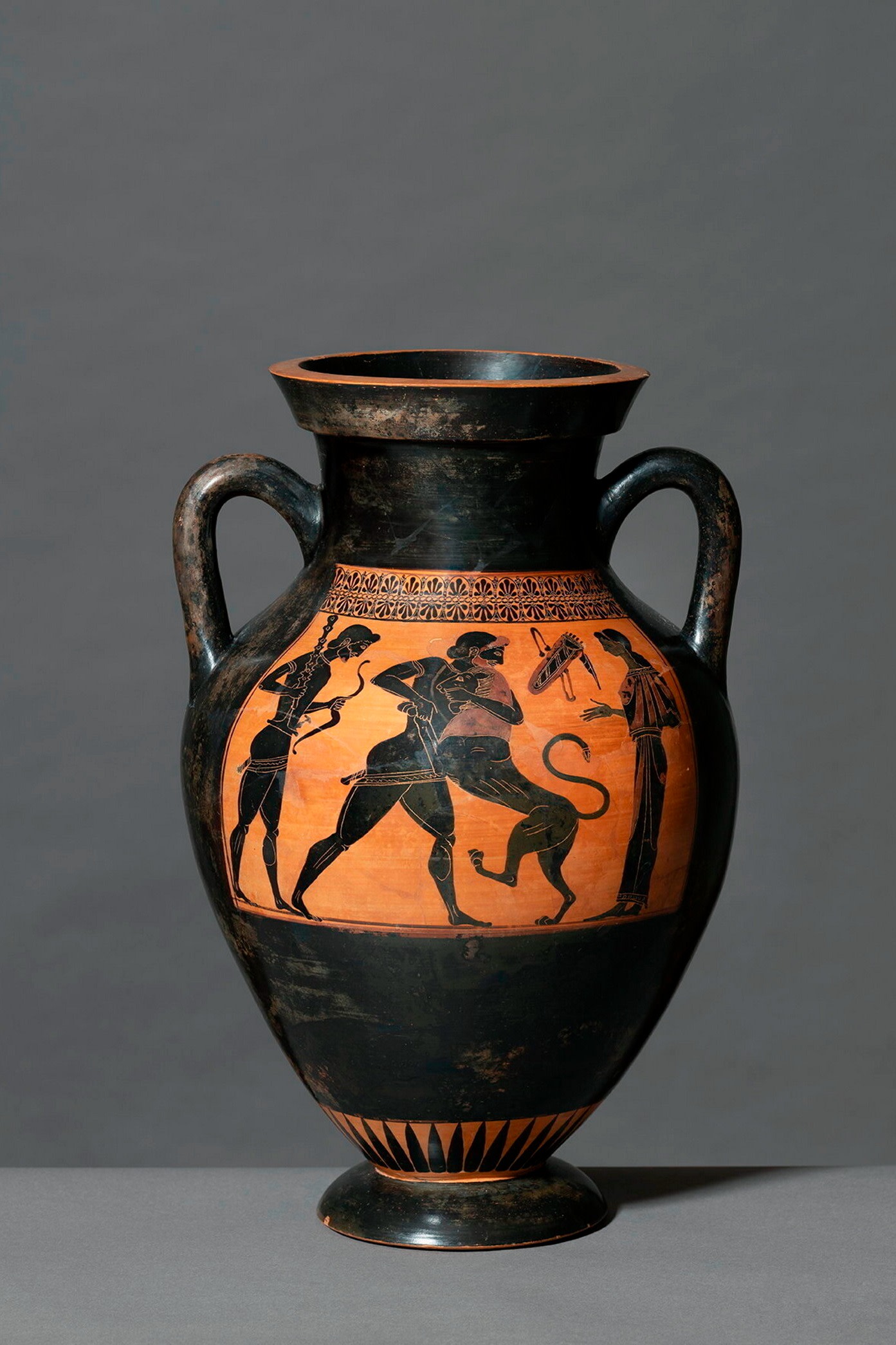
Roula Khalaf, Editor of the FT, selects her favourite stories in this weekly newsletter.
When the exhibitors at this year’s Tefaf art and antiques fair in Maastricht were invited to propose displays of individual artists or concepts for the fair’s new Focus section, antiquities dealers Charles Ede were faced with a challenge. There are many artists known in the world of ancient Greek black-figure vase-painting — the first identifiable creators in the western tradition. Some, such as the great Exekias, who proudly signed their work, are recognised by their true names, others only by those given to them by posterity. Even so, their market rarity does not lend itself to any kind of solo commercial show. Instead, says Charles Ede’s Charis Tyndall, “We decided to do something new.”
That “new” is the result of a collaboration between New York gallerist Sean Kelly, an Ede client; one of the artists Kelly represents, Callum Innes, another collector of antiquities; and the Mexico City-based architect-designer Gloria Cortina. Working in their own idioms, Innes and Cortina have made pieces in response to black-figure vases made between the seventh and fifth centuries BC. “There is nothing neoclassical about this work,” says Tyndall.
The Ede-Kelly stand is no superficial exercise in presenting work of comparable form, media or subject matter. Rather, it is work made by artists with a shared deep understanding of materials, the play between positive and negative, and techniques that link civilisations over thousands of years.
To begin with the old. “We had a clear vision that we wanted to present our Greek vases as paintings and drawings, not as vessels,” Tyndall says. “They are the origins of drawing.” The people on black-figure pottery are essential linear, their forms determined by outline, like silhouettes, and their detail and modelling by incised lines.
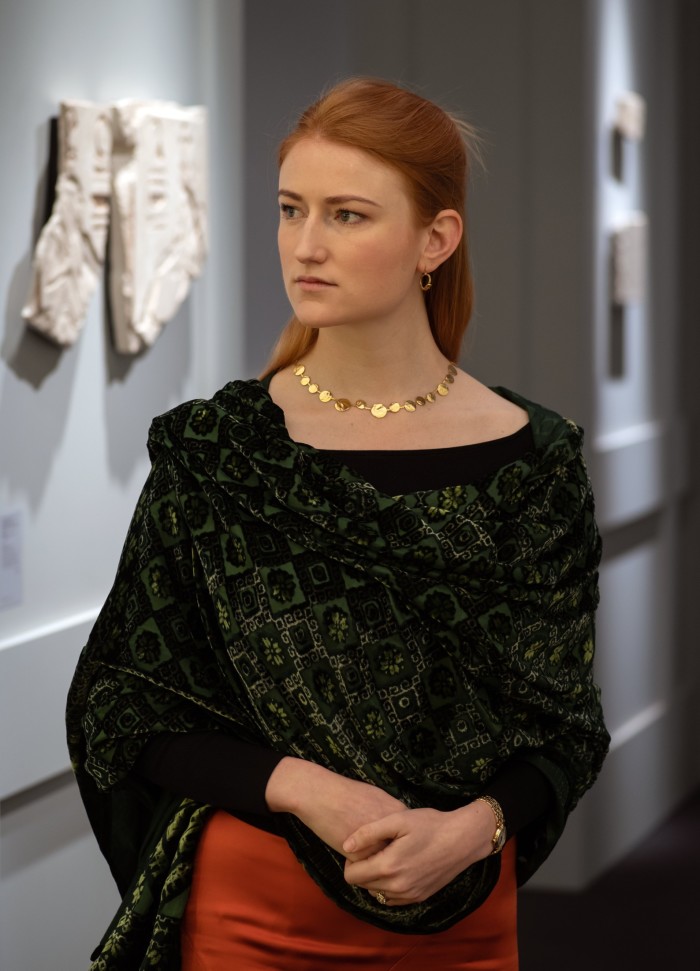
Such is the skill of this draughtsmanship that the figures are painted all but blind — drawn with a brush-like instrument in clay slip (like a liquid clay) the colour of the unfired vases themselves, they only turned black and glossy after firing. Incised lines revealing the pale underlying clay were also made before firing. Red and white earth pigments could be applied too, as shown on the vase by the Antimenes Painter depicting the mythical hero Herakles fighting the Nemean lion (€190,000). Picasso was not the first — or last — to admire such economy of line.
It is perhaps easier to appreciate these drawings on more or less flat pottery fragments, where there is no distraction of volume or handles. Where once they were kept like specimens in drawers, these fragments now tend to be mounted as art objects on stands. Perhaps as a consequence, their price has skyrocketed in the last three or four years, according to Tyndall. An Athenian vase fragment on offer, from a later red-figure example of around 420BC, represents an armoured Amazon, one of the race of proud warrior women who were the scourge of ancient Greece, and is priced at €3,400.
Like the Greek potters and painters, designer Cortina works with traditional local materials. The eloquent white, red and black onyx selected for her new body of work is sourced from the same quarries — and crafted with much the same skills — as those mined by the ancient Mayans. Her refined minimalist aesthetic is imbued with the echo of that ecosystem and heritage, and her sculptural furniture gives voice to the beauty of these materials. Her pieces also reveal a fascination with the polarities of black and white, form and void (€32,000-€83,000). The natural striations of the onyx find parallels in the vertical black and amber stripes of the indigenous ziricote wood she also uses for the display.
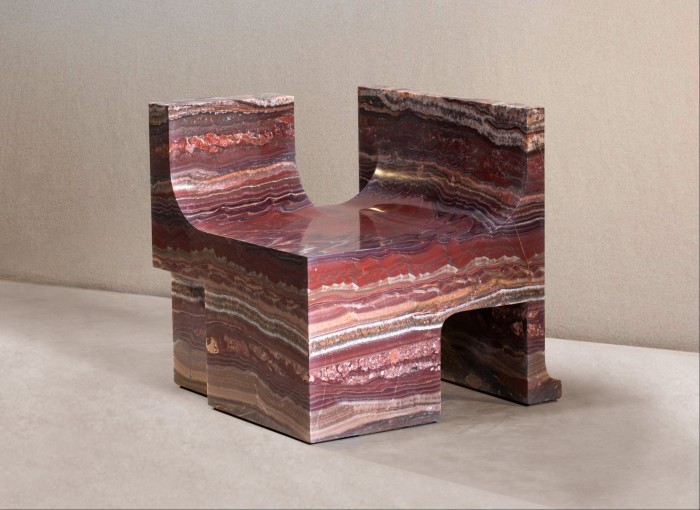
These polarities can also be seen in the work of the Scottish minimalist Callum Innes. His “Untitled Cadmium Orange” and “Exposed Painting Lamp Black” (each £65,000) are similar responses to the colouration of the Greek vases. In this Exposed series, a single colour is painted on to the canvas and then partially brushed away by turpentine to suggest buried veils of colour. Despite the geometric rigour of his compositions, there is an element of uncertainty that would have been familiar to the painters and potters of ancient Greece.
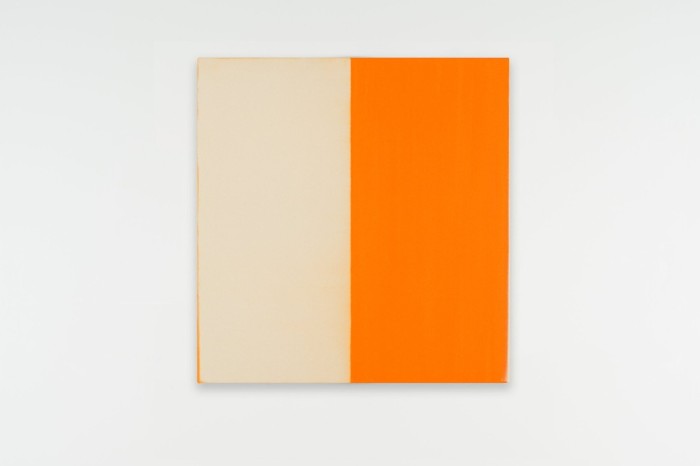
According to fair director Will Korner, the new Focus section at Tefaf Maastricht is where “fascinating connections between diverse art forms can be brilliantly showcased and appreciated”. Bowman Sculpture, for instance, plunges us into Rodin’s 1880 commission for “The Gates of Hell”, whose component figures were repurposed into many of the sculptor’s most celebrated bronzes, not least “The Thinker” (€7.5mn) and “The Kiss” (€2.8mn).
Mayoral explores the duality of Salvador Dalí’s cosmopolitanism and cultural roots (€100,000-€650,000), while Galerie Mitterrand presents the hardly less surreal confections of François-Xavier and Claude Lalanne (€8,000-€2.6m). The spotlight also illuminates Roger Bissière (Ceysson & Bénétière) and Sassoferrato (Altomani & Sons).
While the idea of a focused section at an art fair is nothing new, Tefaf’s signals the glories, and scholarly depth, of its flagship event.
March 9-14, tefaf.com
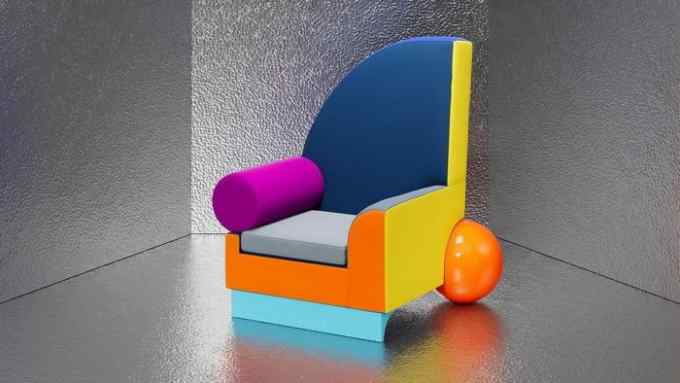
Comments